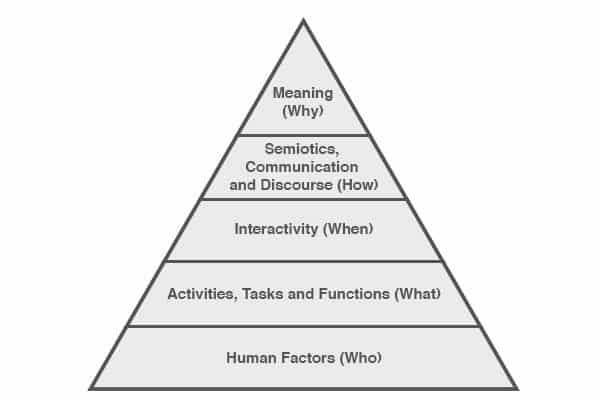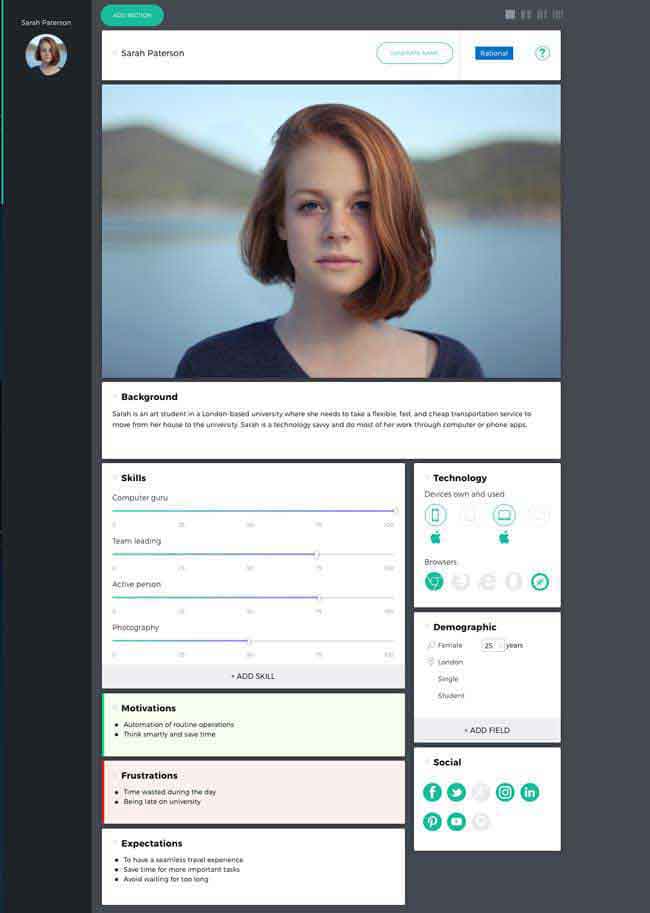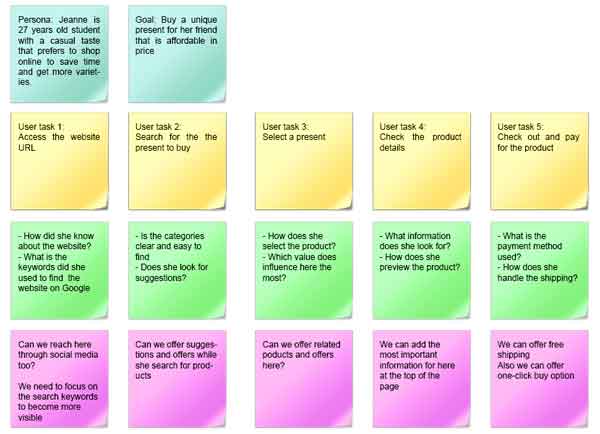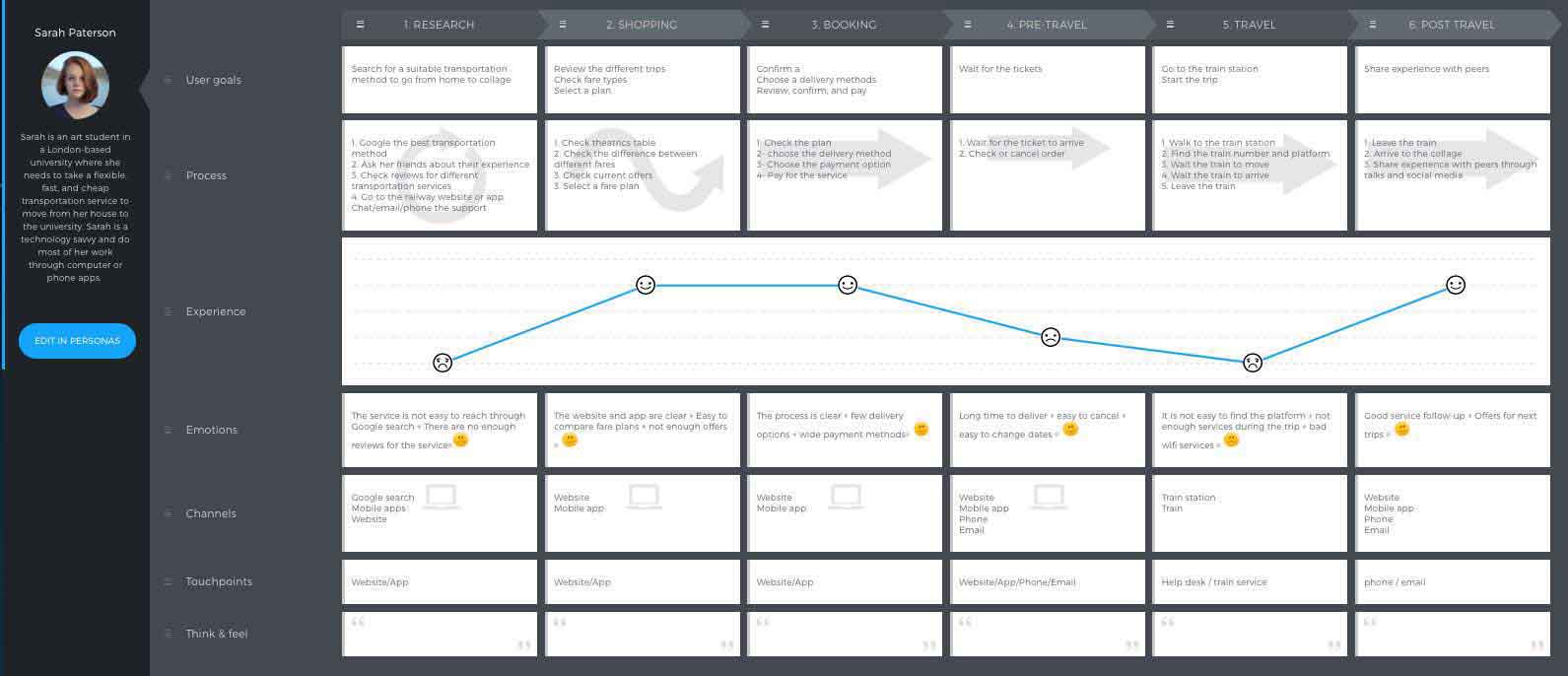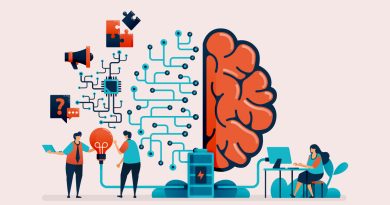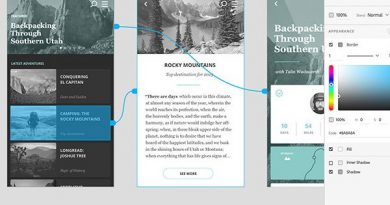The Characteristics of Human-Centered Design
Design is a complex process involving several human and non-human actors interacting in the design arena. When IKEA designs a chair or kitchenware, they consider several factors manifested in their Democratic Design strategy. We need to define the orientation of the design process or its main aim to guide the creativity and problem-solving focus in each step of the design thinking process. In his paper, What is Human Centred Design?, Giacomin defined three paradigms for design design centricity: technology-driven, human-centered, and environmentally sustainable. Practically, the second type, human-centered design, influences the other two.
What is Human-Centered Design?
Human-centered design can be defined as the process that places human needs and limitations in a higher priority than other targets during the design thinking and production differential stages. During this process, the designer is required to analyze and come up with solutions for existing problems and to test and validate the designed products or services to achieve planned targets in the real world. This process leads to building empathy in what is known as the empathic design.
Another definition for the human-centered design process presented by the ISO 9241-210 – Ergonomics of Human-Centered System Interaction:
“An approach to systems design and development that aims to make interactive systems more usable by focusing on the use of the system and applying human factors/ergonomics and usability knowledge and techniques.”
The human-centered approach is based on the term “user-centered design”, which originated in Donald Norman’s research laboratory at the University of California San Diego in the 1980s. And it was introduced in his co-authored book, User-Centered System Design: New Perspectives on Human-Computer Interaction. The ISO 9241-210 defined six characteristics of the human center design process:
- Adopting multidisciplinary skills and perspectives
- A clear understanding of the users, tasks and environments
- User-centered evaluation-driven design
- Considering the overall consumer experience
- Involving the consumer in the design and production process
- Iterative design process
Along with the emerging mindset of human centered design, the paradigm extends its function to cover various design disciplines, such as interactive design, user experience, usability, and empathic design.
Characteristics of Human Centered Design
During the last few years, many examples provided proof of success by utilizing human centered design as a part of the organization strategy. Companies such as IKEA, Lego, Google, Facebook and Apple shifted their focus to the emotional relation between their products and the consumer instead of focusing on the technology. Companies like Apple use human centered design characteristics to examine the products and if they are expected to meet consumer needs and achieve market success. Tools such as Kano Model Analysis can help companies to understand their consumers’ needs and satisfaction.
Human centered design builds a sustainable relationship between the product and consumer or user. Achieving this goal requires the design to achieve several answers to questions related to consumer needs. If these questions answers are located at the heart of inclusive design, the product would have a high potential to achieve a human centered design approach. These questions include the following:
- Who is the consumer? Does the design reflect the end user characteristics?
- What are the consumer’s goals for using the product?
- What is the consumer experience about the product?
- What are the goals of using this specific product or service?
- When and how does the consumer interact with the product design?
- How do the consumers think about the product or the design?
- Why does the consumer use this product or design?
In addition to the above questions, human centered design is based on the rhetorical situations: audience, purpose and context. These situations form the product or service design. The audience refers to the user who is going to use the product or the service, the purpose refers to the consumer’s target of using the product, and the context refers to the other extrinsic factors that may affect user interaction with the product. For example, we can use the above questions to improve patient experience through mHealth apps such as diabetes management apps and heart disease monitoring apps. These questions are usually used to lead the research methods used to get insight into users’ needs and the root causes of problems (How to Apply 5 Whys Root Cause Analysis). As a result, we can have the best ideas about the problem we need to solve, which will be visualized in the digital prototype for the application before testing it with the user.
The Human Centered Design Process
While the human factor focuses on human-centred design, the process should consider the human activity during the process. All the human factors, social factors and technology factors interact together under the human activity umbrella. While there are many theories that describe the design process stages, the human centered design process should include the following four main stages:
- Who does what kind of job? This is the first stage, where the designers understand and specify the context of using the product or the service from the consumer’s point of view.
- What should be done, and how? This stage specifies the consumer requirements and needs for the product or service.
- How should they be achieved? The product design solutions that will be implemented in the product development process.
- Have they been solved? Here is the design evaluation and comparing it with the initial requirements.
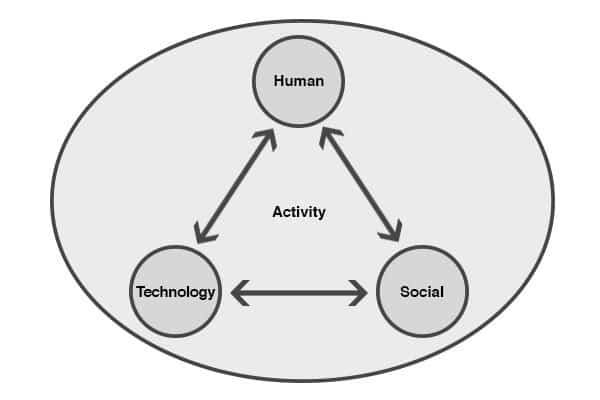
The above steps repeat on a circular basis until the goals are met. Considering the above steps in the context of the design process can help achieve the goals of implementing a human centered design approach.
According to the above, the human centered design process flows between three main phases: research, prototype, and implementation. In the research phase, the team learns about the problem at hand and the users build a more precise knowledge about the problem. Once the problem is clearly defined and the information is analyzed, the team can move to turn the suggested solutions into prototypes that can be tested and iterated. After testing and improving the prototype, the team can implement the solution through an action plan that the team can follow during product development.
Human Centered Design Tools
To build a human centered design approach, several tools and methods are used before and during the research phase. These tools are crucial to build a clear understanding of the user behavior, which can be used to suggest solutions for the problem. These tools include but are not limited to persona, scenario, use cases, and consumer journey mapping.
Persona
The persona refers to creating a fictional character with all the consumer or user characteristics. These characteristics include the demographic and other information required to design the product or service.
The persona is determined based on several research tools such as field research, user groups, questionnaires and interviews. Once the persona is defined, it guides the production process. The persona is a commonly used tool in marketing research, usually defined during the research and planning stage.
An example of persona is creating a character, such as “Mike”, who has the same demographic information, such as the target consumer’s age, location and education. Then, the design is built based on this imaginary character.
Scenario
Unlike the persona, the scenario aims to build a fictional story or scenario about using the product or service based on a specific event. The persona can be considered the character of this scenario. So, the persona acts out a particular scenario related to the product. This fictional scenario helps the stakeholders to understand the different usage scenarios and determine the “best-case scenario” and “worst-case scenario”.
This information is used during product development. My article, Step-by-Step Guide to UX Research Scenarios, digs deeper into the scenarios and how to use them in UX.
Use Cases
Unlike the scenario, use cases are events in the real world in which the user or the consumer interacts with the world. These use cases are simple actions in a short period to analyze how the user will interact with the world around them.
The use cases are presented in the form of a table with two columns: the first one is the actor, which represents the consumer, and the second one is the world. The first column includes the consumer actions in the form of steps. The second column consists of the outer reaction to the actor’s behavior. For example, the actor can prepare specific documents, and the world reacts by providing these documents.
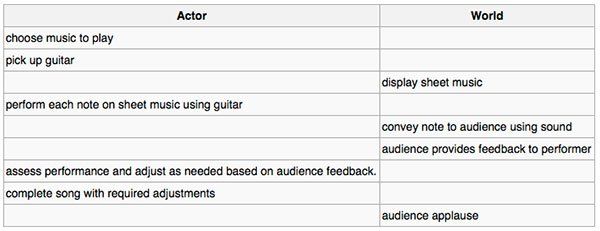
All three tools work together to gather a better understanding of the consumer and the product and can solve the consumer’s existing problems. These tools ensure the human centered design approach is achieved during the follower production stage.
Consumer Journey Maps
The customer journey maps are a visual diagram that tells the story of your customer’s experience when using a product service or visits a retail store. It helps us to identify the consumers’ goals, the steps they made to access the service, the touch point with the service, and their emotional experience at each stage of their journey. You can use our Visual Guide to the Customer Journey Mapping to find a step-by-step guide to apply the consumer journey maps.
Design is defined in the production process based on these paradigms: technology-driven design, human centered design and environmentally sustainable design. Each of these paradigms focuses on specific factors during the design process. The human centered design paradigm places the consumer in the highest priority compared with the other factors that affect the product development process.
Human centered design approaches have a number of characteristics that can be achieved by having a deeper understanding of the consumer and how the product is used to solve existing or future problems. A number of questions should be asked in order to identify if the design meets with the human centered design discipline.
While there are many models for the design process, specific stages should be considered during the human centered design development process. These stages are based on the knowledge acquired during the research and planning stage. During this stage, a number of tools can be used to analyze consumer behavior and evaluate the design process, such as the persona, scenario and use cases.
The human centered design process requires intensive research and an understanding of consumer behavior. However, the results are rewarding and achieve product success in the market.
Bibliography:
Winograd, T. & Woods, D. (1997) The Challenge of Human-Centered Design. [Online] Available from: link [Accessed: February 2015]
Boy, G. A Human-Centered Design Approach. [Online] Available from: link [Accessed: February 2015]
Giacomin, J. (2014) What Is Human Centred Design? The Design Journal17.4 (2014): 606-623.
Takeshi, H. & Fukuzumi, S. (2008) Applying human-centered design process to SystemDirector Enterprise development methodology. NEC Technical Journal 3.2 (2008): 12-16.

